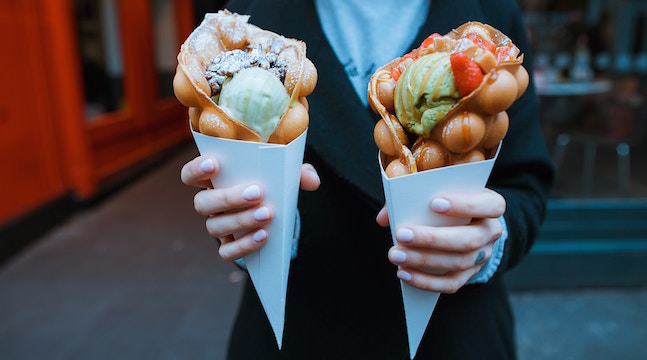
The biggest misconception about travel is that it’s a massive money drain. Intrepid travelers have been proving this notion wrong for millennia. While travel surely can cost a ton, it’s relatively easy to pull off on a budget. Hell, you can get paid to wander the globe if you play your cards right and take a few risks.
Since you have to eat — and since eating abroad is generally a joy — food is where many budgets get busted. To help you out, we’ve compiled a few pointers for keeping food costs manageable while you’re on the road.
Before we dive in, let’s lay out a few umbrella caveats:
- Know the exchange rate of the currency you’re dealing with. You have to memorize it and feel comfortable. If you don’t, you’re leaving yourself very open to getting ripped off.
- In the same vein, you really need to learn the metric system if you want to function outside of this country. Liters and grams are already on literally every food and drink item you buy in the United States. Learn it. Otherwise, you’re going to end up with woefully too little or way too much of something when you’re buying and, therefore, wasting money.
- Buy a phrase book and learn some basics. You’ll find that a lot of nouns are very universal, or, at least, very similar. Language is all about patterns after all. Case in point, Germanic and Slavic words for milk: milk, milch, moloko, mlekjo, mjölk. Romance language words for milk: leche, lait, leite, latte, lapte … and so on. Overall, learning a couple words for the things you want to find/ oreder is a good call. Our editor’s cousin once found a 100-Euro bill on her honeymoon, went to a fancy restaurant, and accidentally spent the whole amount on a raw mushroom assortment. Mushrooms are great, but it would have been nice to have a warm dish, too.
- Lastly, learn what the culture you’re visiting does well foodwise. Berlin is all about currywurst. But if you’re in almost any other major German city, you’ll rarely see it. Moscow is notorious for having (delicious) baked potato stands. Jakarta has vendors walking around with fried rice carts all hours of the day and night through neighborhoods. Point is, do a little research and keep your eyes (and nose) open for the dope food the locals are lining up for.
With that said, here are our tips for eating cheaply on the road.
EMBRACE STREET FOOD … INTELLIGENTLY
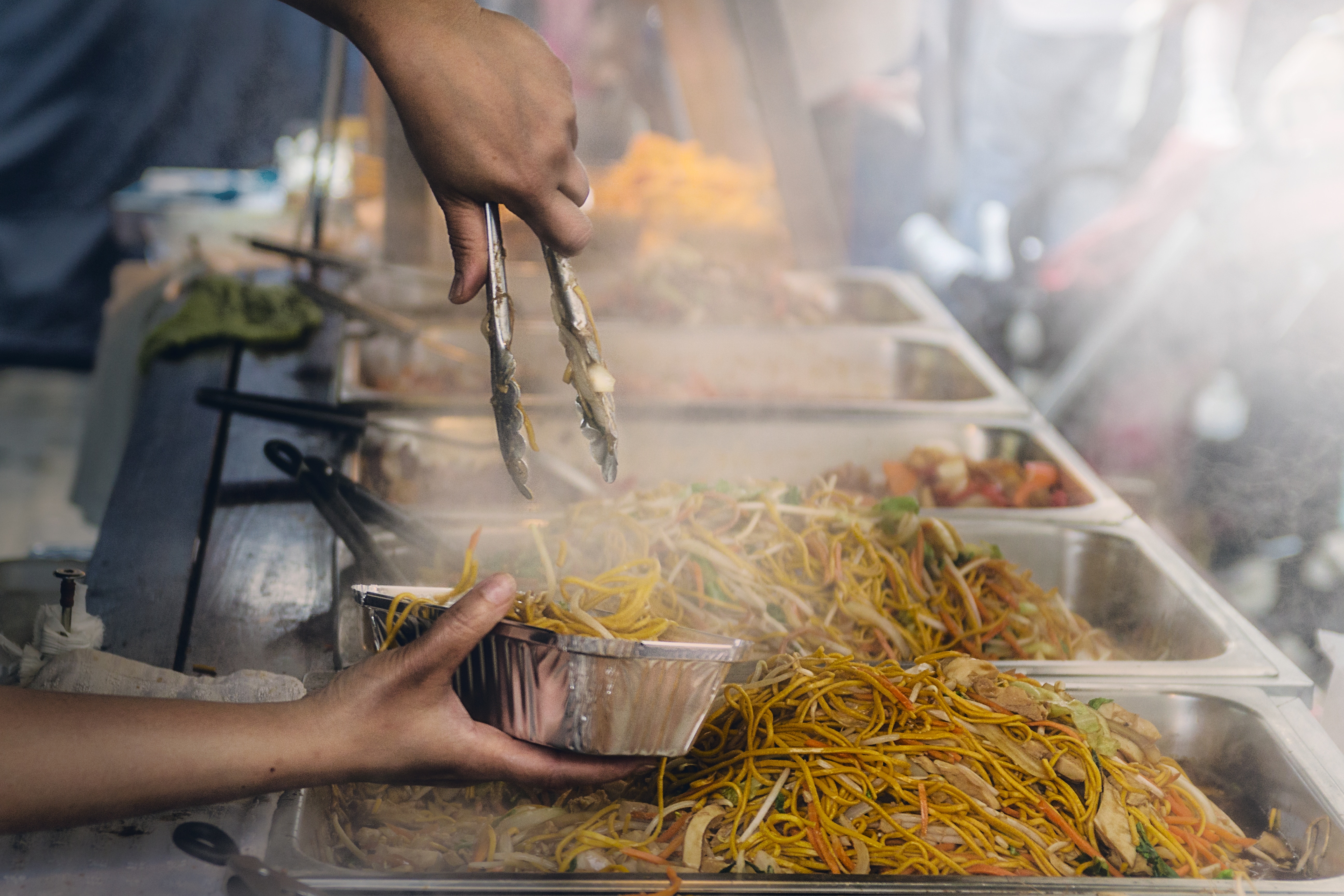
If you’re looking to save money on the road, then street food is your best bet. It’s always cheap, usually delightfully delicious, and one of the best ways to cut straight to the heart and soul of the local cuisine. Before you go swimming in the food cart deep end, beware: Yes, we love street food deeply around these parts but you also need to be reasonable.
A very hard and fast rule for all street food: Only eat it if you see it coming off a flame or an obviously hot chaffing tray. Street food should always be served piping hot. Look, it’s easy to smell and see a beautiful dish on the street and want to dive in. But, harmful bacteria is only killed after it reaches a temperature of 140F/60C and few us are carrying handheld laser temperature gauges. So just look for the fire.
Another hard and fast rule, if you’re eating on the street, make sure that dish is cooked in front of you. If the kitchen is behind a tent or curtain on the streets, maybe give it a pass. Good street food doesn’t need to hide.
Once your food passes those tests, trust it. No dumb jokes about how your stomach will hate you for what you’re about to do… that’s just not true and it comes off as xenophobic.
GO TO THE GROCERY STORE

This may seem a bit obvious. You’re going to save a lot of money by hitting a grocery store. Grocery stores are a great place to find local foods right next to international standards. Also, don’t think of grocery store purchase as requiring a place to cook. Most stores have a hot food section, salad bars, delis, and plenty of ready-to-eat fare.
Two grocery chains that you should commit to memory are Tesco and Carrefour. Back in the aughts, these two mega-chains from Britain and France battled for world dominance against Wal-Mart. Combined, you’ll find one of these two stores in 42 countries.
If you don’t want to hit up a big chain, simply ask your host or people on the street where they shop. Grab some vino or local grog, maybe a little cheese or local spread, a bottle of water, and some fruit and nuts … then find a rad spot in a park to enjoy your score. It’ll cost a tenth the price for the same meal in a restaurant.
https://www.instagram.com/p/BgosIIWAIHh/
FAST FOOD DOESN’T HAVE TO COME FROM A CHAIN
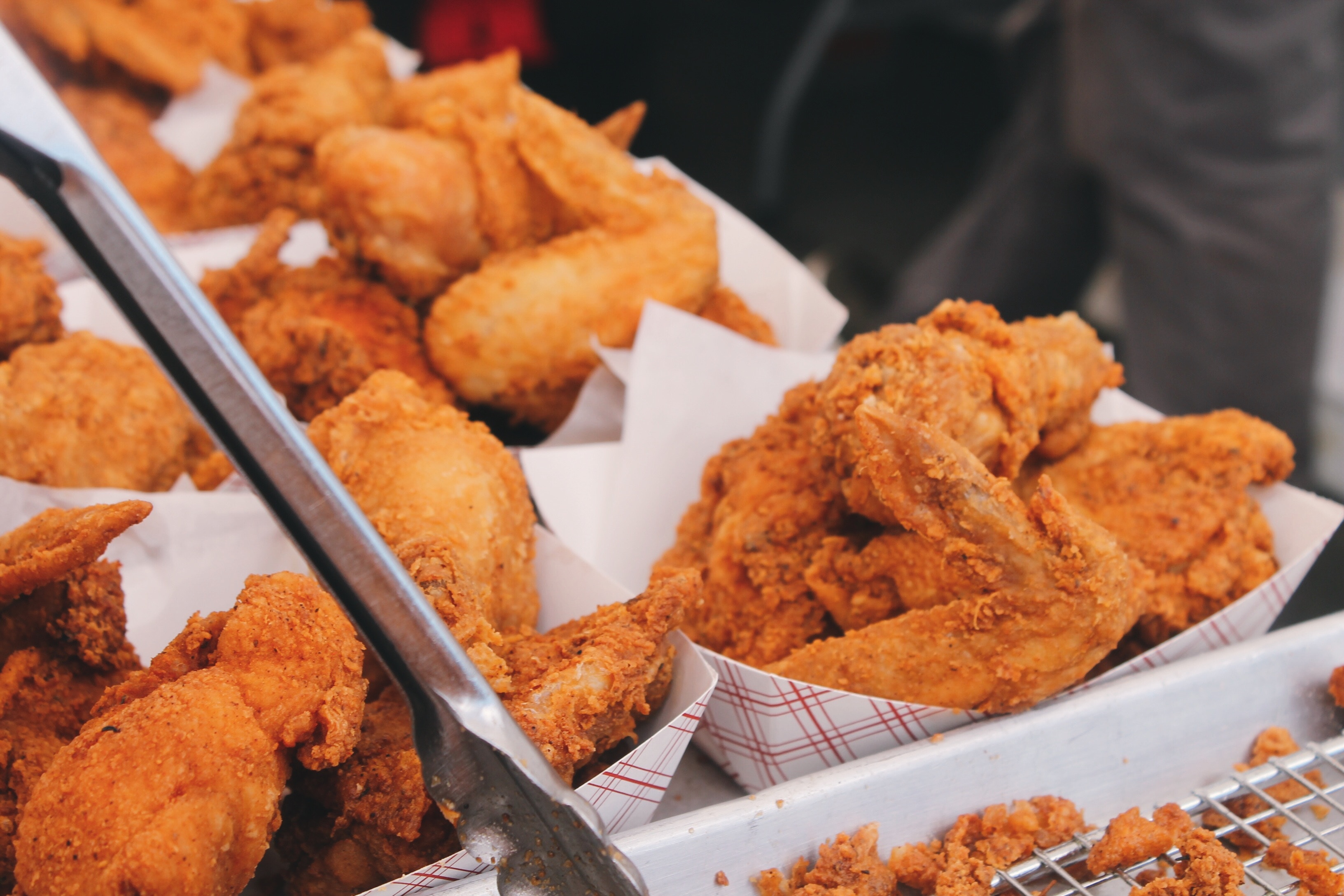
If you’re on the road long enough, McDonald’s and KFC are going to tempt you. They’re everywhere and they’re comforting. There’s something mind-blowing and kinda heartening about walking into a KFC in Pakistan and it smelling exactly like the one in your hometown. And, you know what, we aren’t going to judge you for taking the safe option and going for what you know a few times.
However, it’s worth noting that local fast food exists, too. It’s sometimes found on the streets — think of the millions of hot dog vendors from New Orleans or Reykjavik. Or, maybe there’s a mall chain that has a local twist on a classic fast food dish. Either way, fast food is available and it’s cheap.
Health-wise, you may want to make sure you eat some vegetables and whole grains the next day. Which leads us to…
FIND THE MARKETS
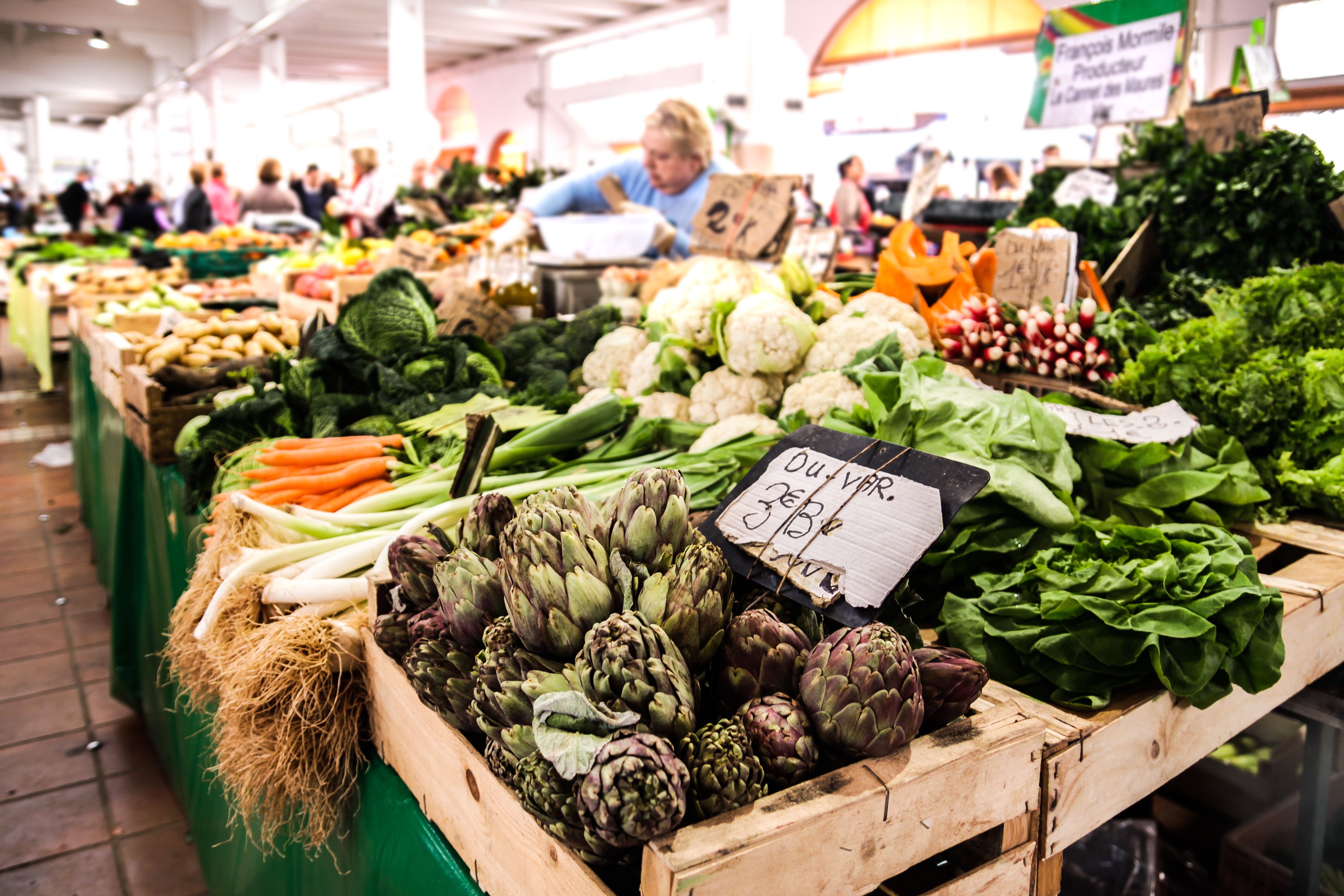
Market halls are coming back to the fore in Western countries with force. The secret is, they never left the rest of the world. Finding the central food market is a great way to save cash, fill up, and stock up for the journey. The food will almost always be locally sourced, organic, and abundant. More often than not, there will be somewhere to eat a big meal on the cheap. And there may even be a cool corner to grab a beer or two and strike up a convo with a local farmer, chef, or brewer.
Here it comes … there’s a big but here. Market Halls in the post-industrial world — Europe west of the Oder, the Americas north of the Rio, and parts of East Asia — tend to be trendy spots with trendy prices. There will be all the wonderful piles of organic produce and humanely raised meats and craft brews and BBQ stands. But you’ll pay. Often times, market halls in Amsterdam or Berlin or Toronto will be more expensive than the local grocery store or a neighborhood farmer’s market.
A simple rule for market halls: If you need to watch your budget, avoid them in the “west” and embrace them everywhere else. We know, we know, you want to get that super awesome Instagram photos from the dope Market Hall in the center of London or Tokyo. And, sure, go do that. But, don’t expect to be getting something cheap while doing so.
https://www.instagram.com/p/BgfOs31nUUx/
PIZZA HAS YOUR BACK
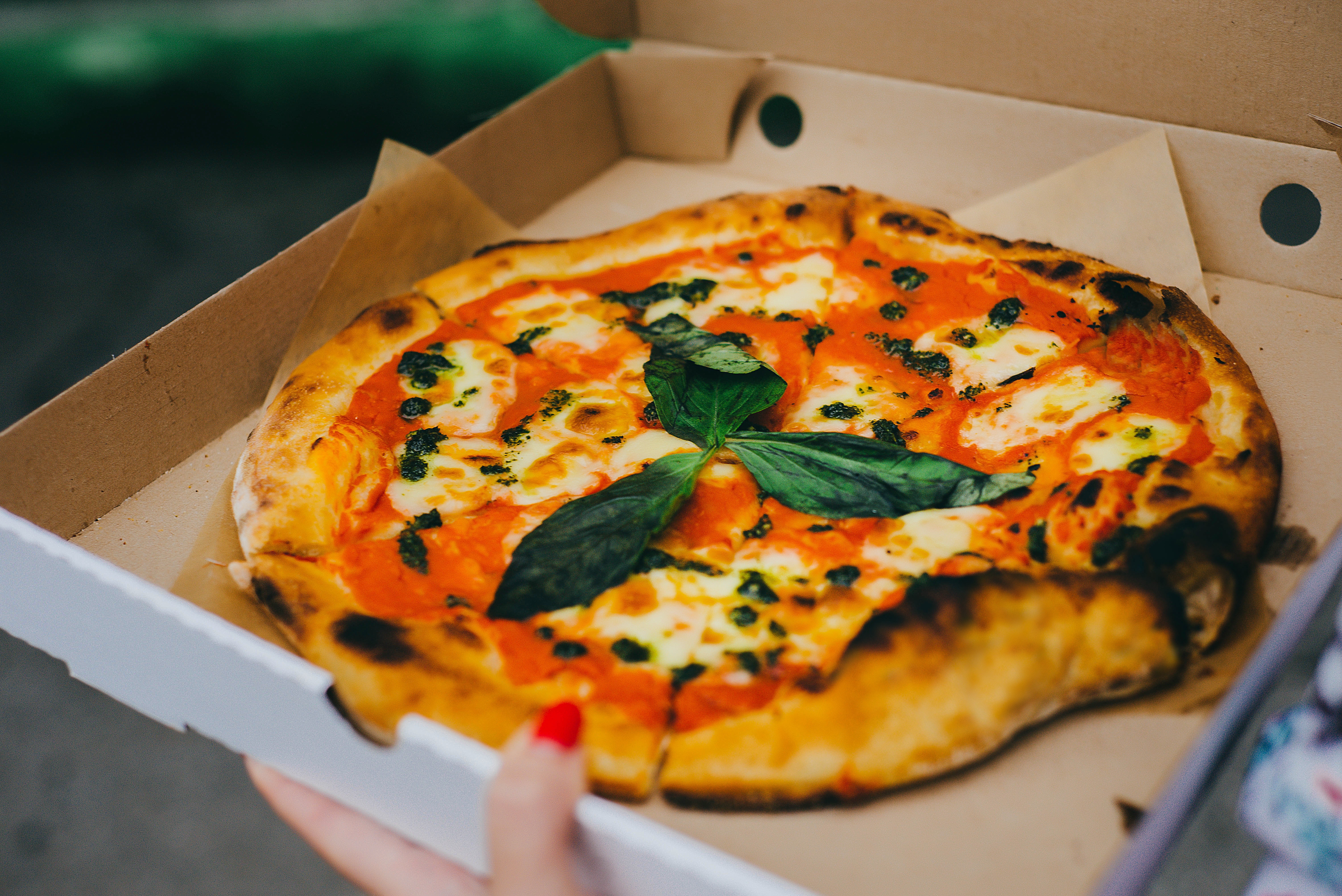
Pizza is everywhere. Or, at the very least, some variation of flatbread with ingredients baked on top is everywhere. Seriously though, you’ll find standard pizza from Kabul to the Congo to the Amazon to Alaska to the streets of Hong Kong.
It’s always cheap and almost always good. It is pizza after all.
Look, pizza around the world isn’t going to be the exact pizza you grew up with. For one, by traveling the world and eating pizza, you discover that America has a very narrow view of what makes a good pie. There’s a whole world of amazing toppings and variations just waiting for you to discover. Weird twists and local riffs that you’ve never even cosnidered.
Try schwarma pizza in central Europe or cannabis pizza in Cambodia or burger and fires pizza in Siciliy (yes, really). Let your palate be your guide.
LOCATE A COMMUNE, KIBBUTZ, OR COMMUNITY GARDEN

This one will take a little more research on your end. But, working and traveling go hand in hand when you’re on the road for extended periods of time. Finding a community garden or commune to drop your rucksack at is going to save you cash and time (and stress).
A kibbutz in Israel — or projects like the Urban Farming and WWOOF elsewhere — exists to provide travelers a wholly unique experience. You can work the soil and eat the fruits of your labor with like-minded people. It’s a great way to meet new friends and, generally, all the food you need will be free, along with a roof over your head and a bed to sleep on. It’s the ultimate way to eat and sleep for free while traveling.
https://www.instagram.com/p/BYbQKHJlf21/






